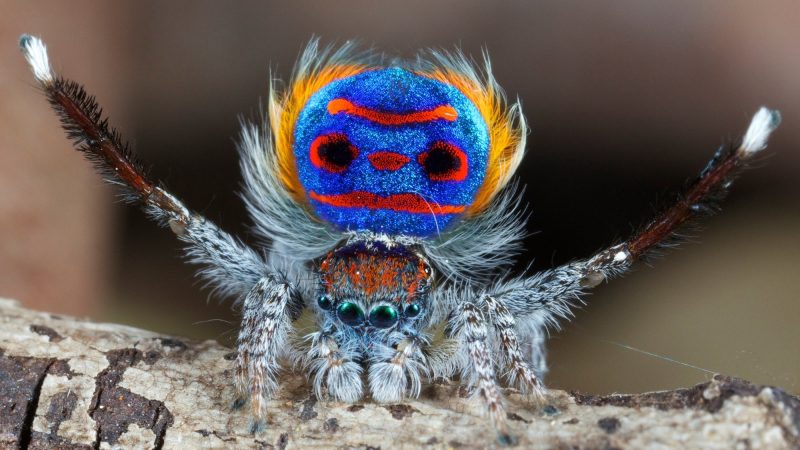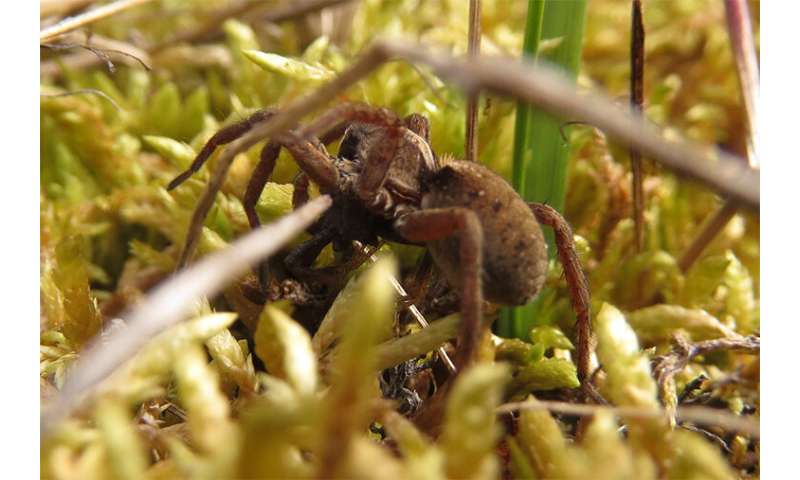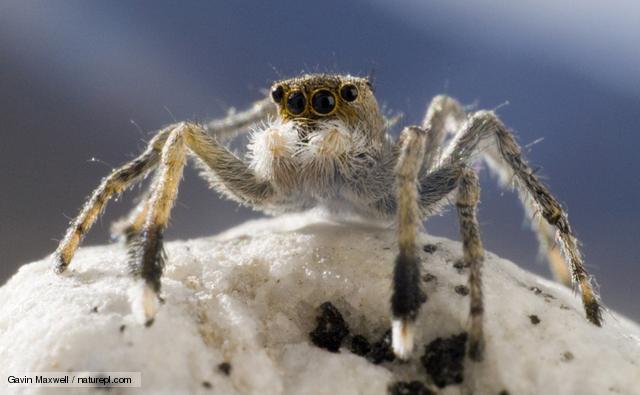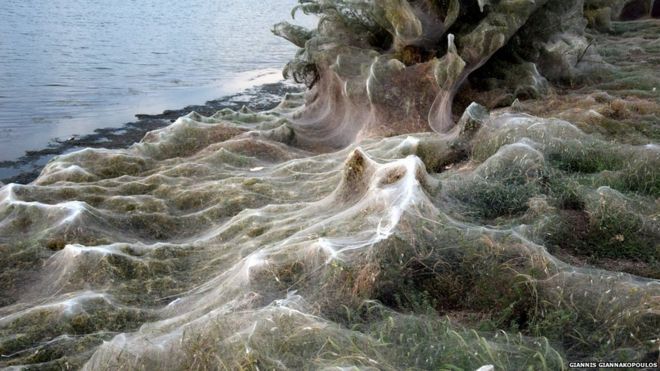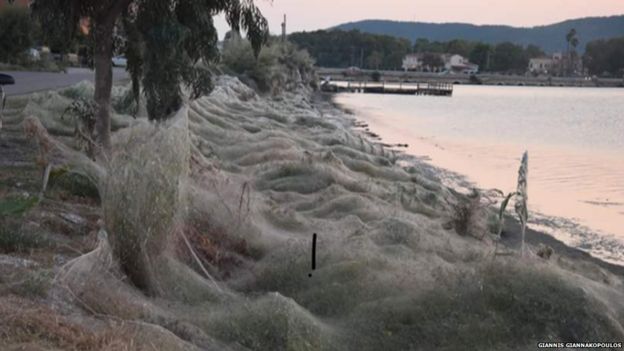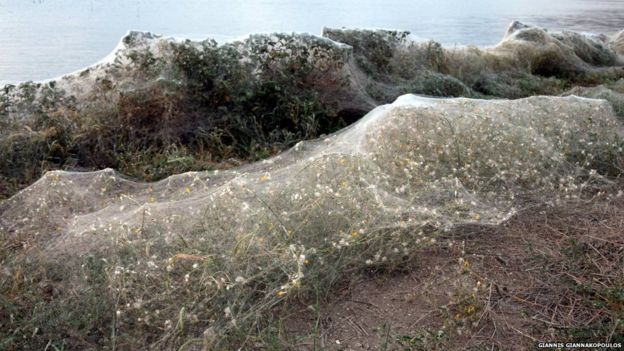What do 120 wasps, 34 sea slugs, 28 ants, 19 fish, 7 flowering plants, 7 spiders, 4 eels, 3 sharks, 2 water bears, 1 frog, 1 snake, 1 seahorse, 1 moss, and 1 liverwort plant have in common? All reside on a list of 229 new species identified in 2018 by the California Academy of Science.
Shannon Bennett, Academy chief of science said –
“Biodiversity scientists estimate that less than 10 percent of species on Earth have been discovered. Academy scientists tirelessly explore near and far, from the familiar forests in our backyards to remote locations as deep as 500 feet beneath the ocean surface. Each species discovery may hold the key to groundbreaking innovations in science, technology, or society and helps us better understand the diversity of life that makes up thriving ecosystems. These new discoveries also highlight the critical role we play as stewards of our one, precious planet.”

The “Japan pig” seahorse is the size of a jelly bean. Cryptic in coloration, the new species blends perfectly into the algae-covered reefs of southeastern Japan where it clings tightly via tail to soft corals, feeding on plankton passersby. It sports a pair of wing-like protrusions on its neck, but unlike the half dozen other pygmy seahorses in the world, the Japan pig has just one pair rather than two. The function of these wing-like structures remains a mystery. Image via Calacademy.

Spiders with the fastest spin on Earth! Spiders from the Selenopidae family were recently discovered to have the fastest leg-driven turn of any animal on the planet. This year, 3 new species join the fast-spinning group, including one from Egypt. This species was originally collected in the 1800s but only recently recognized as new to science when a team of sicnetists discovered it deep in the collection of the Oxford Museum. Image via Calacademy.

Along the Samana Norte River in the Colombian Andes, where canyon walls angle so steeply to the water that humans rarely frequent the region, a flowering plant produces sky-blue berries each year. This new-to-science species thrives near fast-moving rivers that experience frequent flooding. How the plant is pollinated and its fruit dispersed remains a mystery, but the discoverers suspect the mature berry, which is spongy, might drop into the water, float downriver, and lodge into a new rocky crevice to sprout a new plant. The plant is already endangered given its small, fragmented range. A proposed hydroelectric dam also threatens to flood the region and fully submerge one of the few localities where this species grows. Image via Calacademy/
Scientists describe 229 new species in 2018
